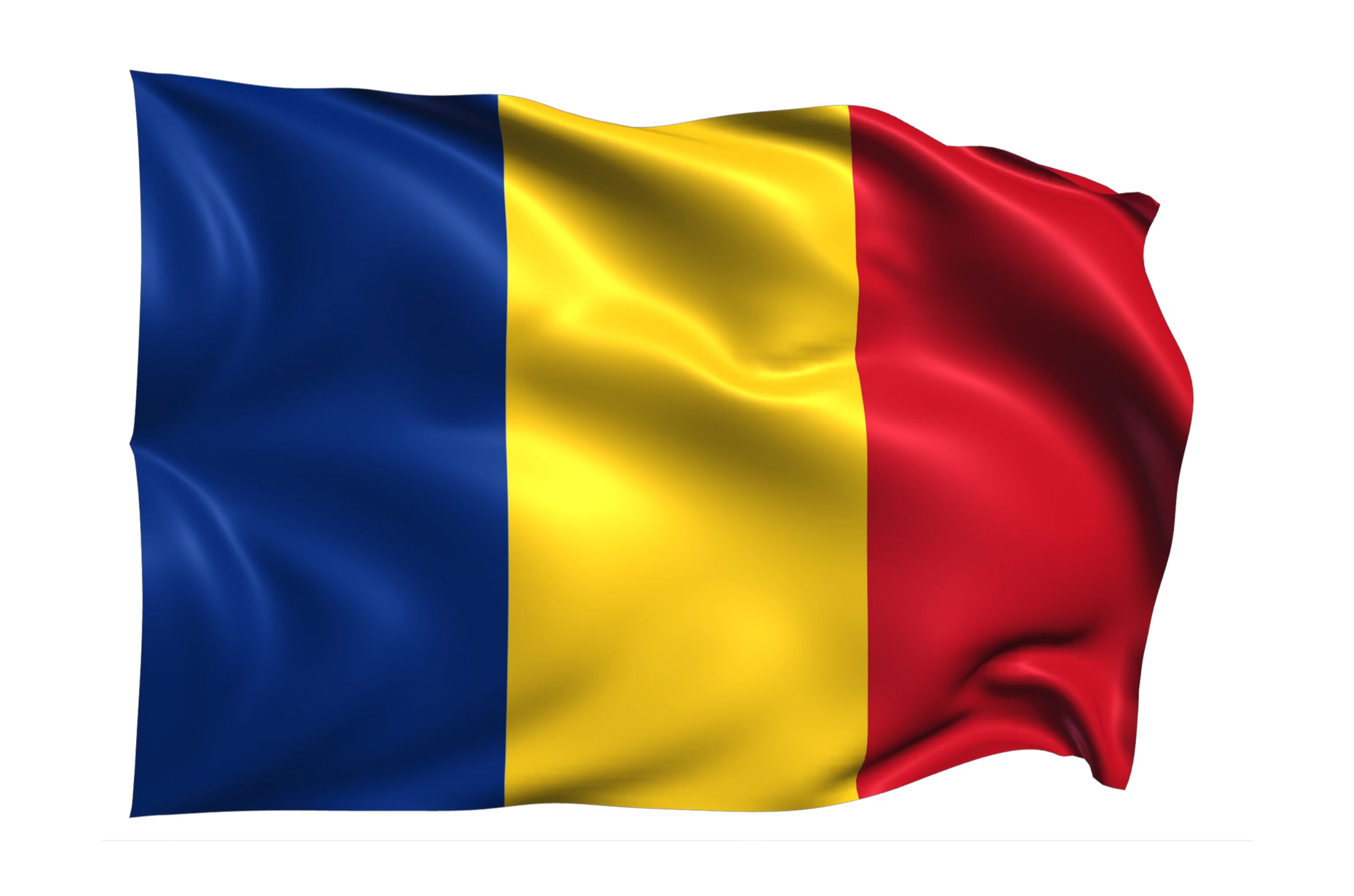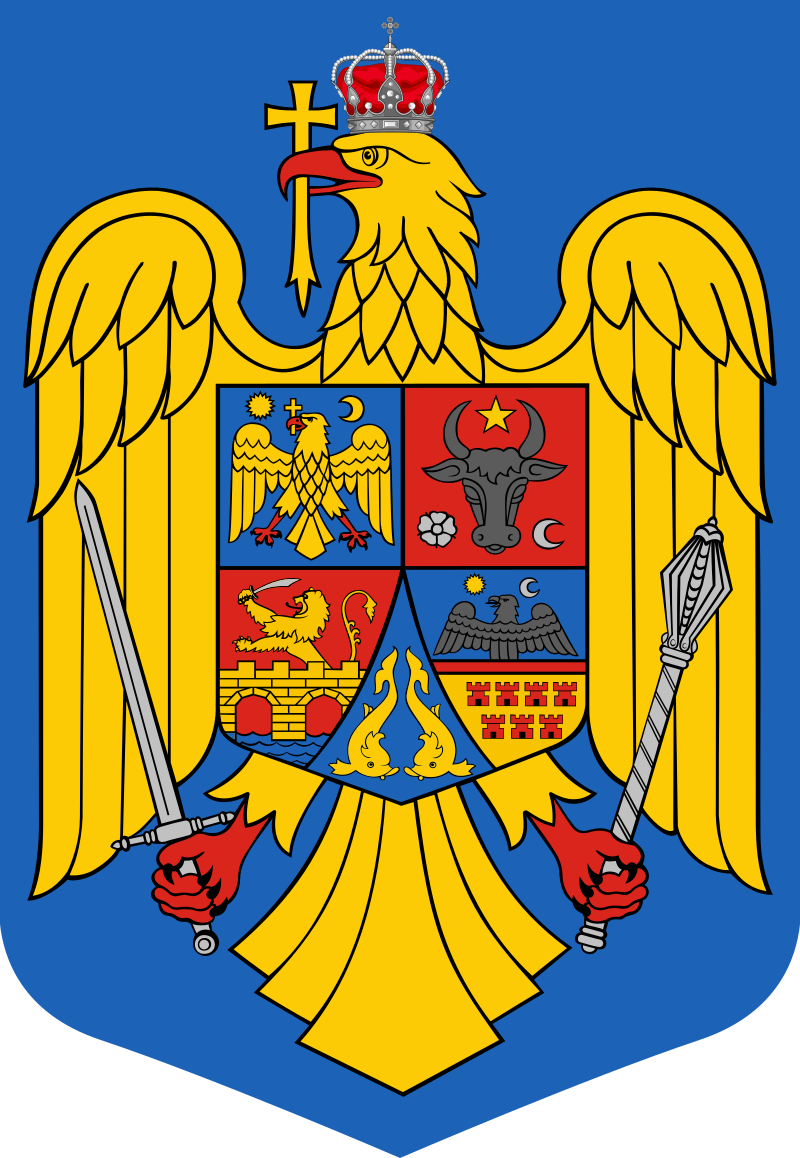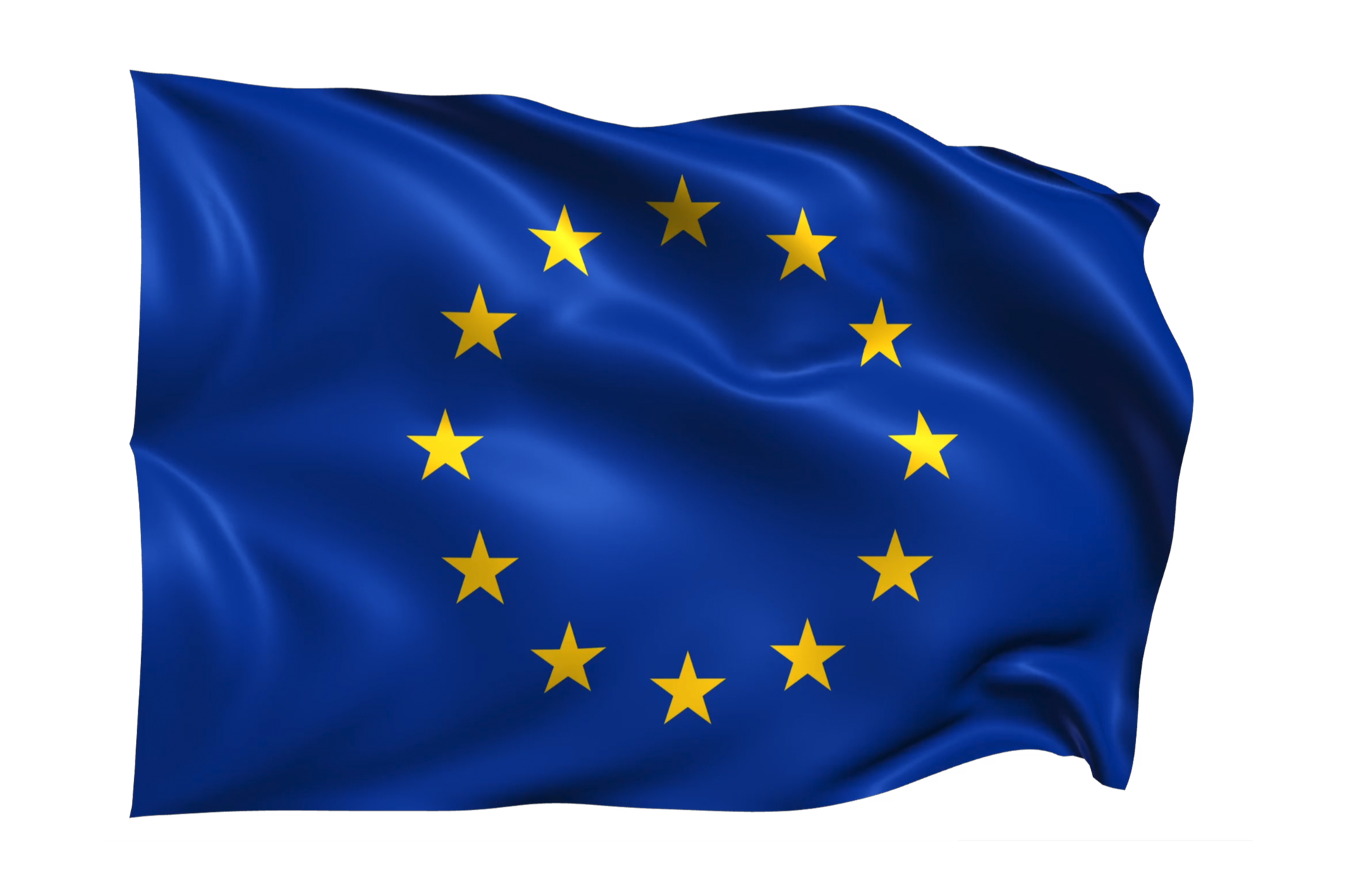|
|
|
A FEW LINKS ABOUT ROMANIA
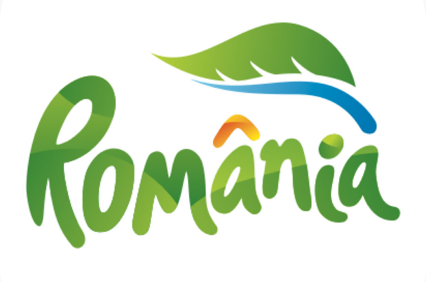
 |
City of Turda (County of Cluj, in Transylvania, Romania)
Turda is the second largest city from the county of Cluj, after Cluj-Napoca itself. It is located 30Km from Cluj-Napoca. Originally named Potaissa,
a name kept after the Roman Empire's conquest of Dacia (by in large mapping to what is today Romania), it was the home of the
5th Macedonian Legion (Legio V Macedonica) between years 166 to 274 AD.
 |
Turda's History
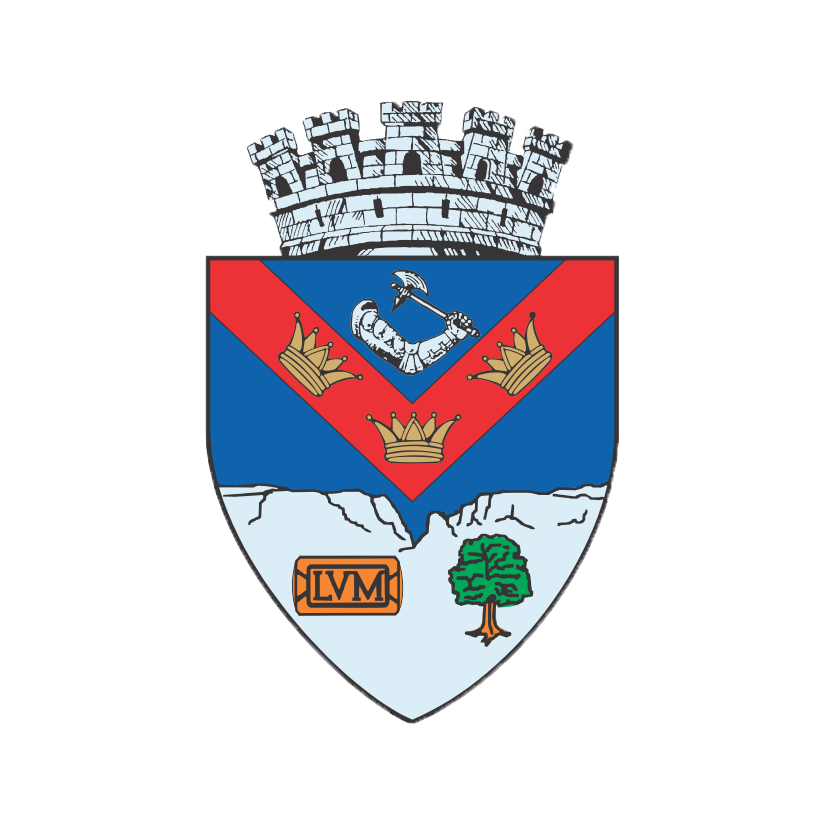
You can find some brief information about Turda's history here and a lot more
here (in Romanian language only, so please use a browser with automatic translation capabilities,
or use this Google Translate link).
|
 |
Turda Salt Mine (Salina Turda)
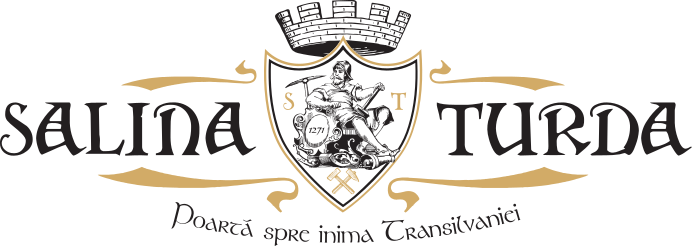
Do not miss having a look at the world famous Turda Salt Mine (Salina Turda), one of the oldest salt mines in Europe exploited since pre-Roman times, or you will regret it!
The Turda Salt Mine is part of a natural reserve, which spans over a 27 square mile space and has a depth of about 120 meters. It is not just a good old salt mine, it houses a small museum,
an amphitheatre with 180 seats, a 20 meters high Ferris wheel, sports and recreation facilities, a health SPA and it even has a 6 meters deep underground lake,
located at a depth of some 120 meters, if you fancy a quick small boat ride!
How is that even possible you will say? Well, imagine a large cathedral carved inside a huge solid block of salt and then add some stalactite formations in the mix for good measure.
Fun fact: they grow at a rate of 2 cm/year and reach up to some 3 meters in size.
The main chamber, the Rudolf Mine, is a large trapezoidal dome-like chamber 42 meters deep, 50 meters wide and 80 meters long.
Then you go down some more to the Theresa Mine, which is about 50 meters deeper and has a diameter of about 75 meters.
Look 120 meters up from the bottom or 120 meters down from the top and you'll see some rather breathtaking views.
Tourist attraction aside, being an almost sterile environment (the total concentration of microorganisms is extremely low) with a constant temperature of about 12C all year round
and a humidity of 80%, it is also known to offer many health benefits.
If you fancy another interesting factoid, even though it has been exploited for about 2000 years already, until industrial exploitation ceased back in 1932, the Turda Salt Mine still has enough salt left
to cover the entire salt requirement of the whole Planet for about 60 years! If you're ever short on salt, now you know!
Curious enough? Whet your appetite by first having a look
at this brief article and at its Wikipedia page.
Then I would highly recommend visiting its Official Website, which gives lots of more interesting information, some photos and even some videos. Start with the
Discover the Turda Salt Mine and the Touristic Salt Mine pages and explore their items.
Then click on the "Discover Turda Salt Mine" menu and explore the various mines and chambers listed in the "Objectives in Salina Turda" sub-menu, and take it from there.
The salt mine itself, it is just a small part of a larger natural reserve. If you would like to enjoy some roasting in the sun or some salt lake swimming, you won't want to
miss this.
|
 |
Turda Gorges (Cheile Turzii)

The second biggest attraction are the Turda Gorges, another must see natural reserve, located about 15Km from Turda. You can find more information and some pictures
here and
here.
For more information about the Cheile Turzii (Turda Gorges) Nature Reserve, including information about access, tourist routes, activities and more,
head to the Cheile Turzii website (in Romanian language only, so please use a browser with automatic translation capabilities,
or use this Google Translate link)
|
 |
More to see in Turda
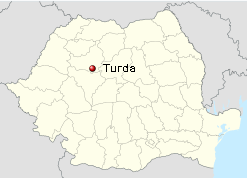
Pay a quick visit to Discover Turda, to learn what else you could see, including the History Museum
and the ruins of the
The Roman Castrum, the home of the
5th Macedonian Legion (Legio V Macedonica) between years 166 to 274 AD.
|
|
 |
City of Cluj-Napoca (County of Cluj, in Transylvania, Romania)
Cluj-Napoca, generally just referred to as Cluj, is the second largest city in Romania, and the unofficial capital of Transylvania. The Napoca name comes from its ancient
pre-Roman and Roman name. Napoca became a provincial capital and was the seat of a Roman procurator (Roman Governor) until the withdrawal
of the Roman Emprire from Dacia.
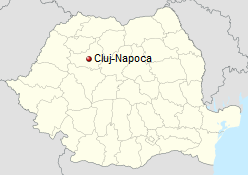
Nowadays, with over over 100,000 students, Cluj is one of the most important academic and cultural centers in Romania. The city has 6 public universities, which include the Babes-Bolyai University - the oldest
and the largest University in Romania. There are also 5 new smaller private universities.
 |
Cluj-Napoca's History
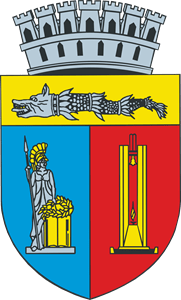
Read about Cluj's history
here and
here and have a more in depth look at the city here.
|
 |
Cluj-Napoca from A to Z

For everything Cluj related, from A to Z, head to its Official Website
Visit Cluj which provides a lot of useful information, from local legends to accommodation opportunities, and everything in between.
Each year, Cluj hosts the massive UNTOLD Festival, the largest electronic music festival held in Romania, which attracts well
over 300,000 people each year from all over the world. In addition to top international DJ's such as David Guetta, Steve Aoki and Armin van Buuren, who tend to be a regular fixture, over the years
the UNTOLD Festival featured quite an array of music stars, including Robbie Williams, Avicii, Charli XCX, Ellie Goulding, John Newman, Anne-Marie, Jason Derulo, Black Eyed Peas and even Boney M!
The August 2023 line-up includes stars such as Ava Max, Bebe Rexha, Eric Prydz and Imagine Dragons. For more information, have a look at the
Official UNTOLD Festival Website.
|
|
 |
Romania
Romania is an Eastern European country located at the crossroads of Central, Eastern, and Southeastern Europe. It borders Bulgaria to the south, Ukraine to the north, Hungary to the west,
Serbia to the southwest, Moldova to the east, and the Black Sea to the southeast. You can see its geographical location on this map. Romania is a member
of the European Union and a member of NATO.
You can find more information about Romania here and here.
Furthermore, this Wikipedia page contains a large index of Romania related entries. If you are interested in various maps of Romania
this website has quite a few different varieties.
Romania has an area of 238,397 km2 (92,046 sq mi), with a population of under 18.9 million inhabitants (2023). It is the 12th largest country in Europe
and the 6th most populous member state of the European Union. Romania's capital and its largest city is Bucharest (Bucuresti).

Romania's unique natural landscape is almost evenly divided among mountains (31 percent), hills (33 percent) and plains (36 percent). It is well worth having a look at
Romania's physical map to see what is what and where.
From the stunning landscapes of the Carpathian Mountains and Europe's last virgin forests, to the Danube Delta and the Black Sea, Romania is not only a wild haven for fauna, but also a
wildlife loverís paradise. Its large forests are home to the largest Brown Bear population in Europe, to 10% of Europe's Grey Wolf
population and to a sizable Lynx (the largest feline in Europe) population. Wild Boars, Deer and Chamois feel right at home and you can even meet the majestic and near extinct European Bison.
Watch the stunning Wild Romania (Romania Salbatica) documentary and while at it, have a look at its
Official Website (this link is in Romanian language only, so please use a browser with automatic translation capabilities, or use
this Google Translate link instead). I would also wholeheartedly recommend watching two other
excellent documentaries: Charlie Ottley's Wild Carpathia (2011) and Tom Barton-Humphreys' Untamed Romania (Romania Neimblanzita) (2018).
You will be impressed, guaranteed!
Head down to the plains, and you will find the Danube Delta (Delta Dunarii) Biosphere Reserve, the largest and best preserved wetland in Europe which hosts more than half of the bird species population of Europe.
The Danube Delta has the third largest biodiversity in the world (over 5,500 flora and fauna species), exceeded only by the Great Barrier Reef in Australia and the Galapagos Archipelago in Ecuador.
Make sure to watch Charlie Ottley's latest documentary about the Danube Delta, titled Wild Danube (2021) and once again you are in for a treat and you will not
regret it! Of course, there's also the Black Sea, with its long sandy beaches and its touristic resorts.
While on the topic of great documentaries, I would highly recommend watching Charlie Ottley's brilliant
Flavours of Romania (2017) nine episode documentary series which focuses in turn on each of the historic regions of Romania
(see Here or Here), showcasing each region's culture, cuisine and natural beauty.

 |
Learn about the history of Romania here
or have a look at this Brief history of the Romanians from ancient times to today
(this link is in Romanian language only, so please use a browser with automatic translation capabilities,
or use this Google Translate link instead).
|
 |
Romania has several historic provinces, each unique in its own way: Banat,
Crisana, Maramures, Transylvania (Transilvania),
Oltenia, Muntenia, Moldavia (Moldova),
Bukovina (Bucovina) and Dobrudja (Dobrogea). Click on each link to find out some good
information about each region, including suggested places to see and plenty more useful information and links.
You can also see the location of these regions on a map Here or Here. You can find out some additional information about each region
from this Wikipedia page.
Note that Maramures is generally understood to include the smaller region of Satmar, also known as Tara Oasului (see the second map above) and sometimes Bucovina (Bukovina) tends to be included together with Moldova (Moldavia),
as the region of "Moldova and Bucovina". The same goes for the Banat and Crisana regions, often referred to as one common "Banat and Crisana" region. Although not commonly in use nowadays, Oltenia and Muntenia used
to form the larger province of Wallachia (also known as Valahia or Tara Romaneasca).
|
 |
Have a look at
www.draculascastle.com.
Don't be fooled by the name, this website is a good information
resource about Romania, including a lot of pictures of Castles and
Monasteries. You can even listen to George Enescu's beautiful rhapsodies while at it (see the Music link).
Look for the links at the bottom right hand side of the page.
|
 |
Romania Travel The official website of the Romanian Ministry of Tourism.
|
 |
Enjoy some photos of Romania compliments of the
Uncover Romania website.
|
 |
The
Romania Experience website has some nice and useful information worth having a look.
|
 |
You may find the
2023 Travel Guide for First Time Visitors in Romania quite useful.
Head to their main page too for more stuff.
|
 |
Romania Tourism "Recommended by RoughGuides.com,
Romania Tourism is an independent initiative aiming to satisfy the growing demand for trusted
information and knowledge about tourism and travel to Romania."
|
 |
Another website worth a look is the
Visit Romania website.
|
|
This page was last updated
20-06-2023
|
